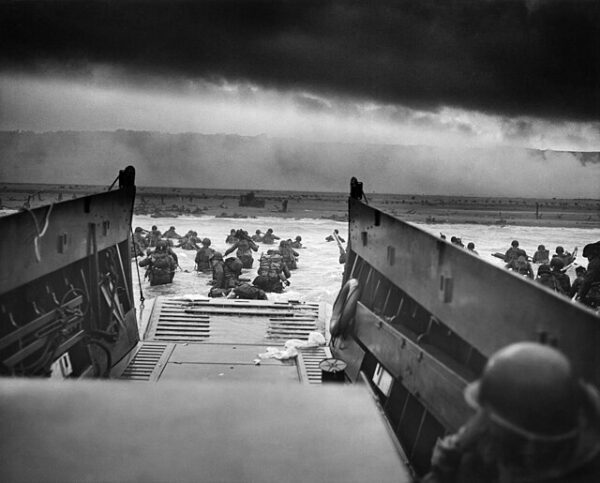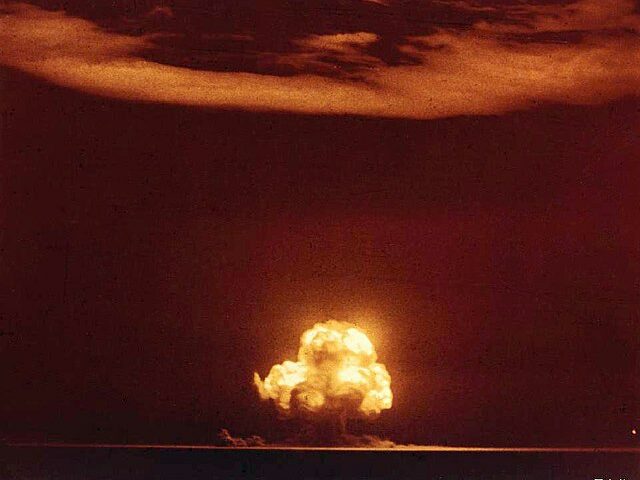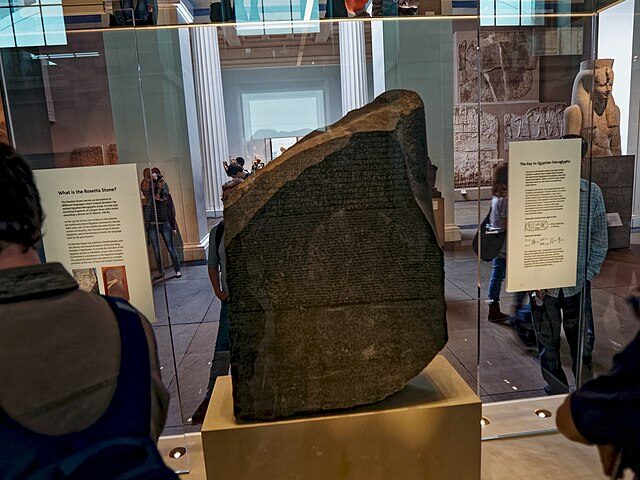On June 5, 1944, General Dwight D. Eisenhower faced one of the most crucial decisions of World War II. As the Supreme Allied Commander, he was responsible for launching Operation Overlord, the Allied invasion of Nazi-occupied Europe. Despite unfavorable weather conditions, Eisenhower decided to proceed with the invasion, understanding the monumental risk and the enormous potential gain.
Eisenhower’s decision came after intense deliberation with his senior commanders and meteorologists. The original invasion date was set for June 5, but a severe storm in the English Channel made the conditions too hazardous for the amphibious assault. Meteorologist James Stagg predicted a brief window of improved weather on June 6, providing Eisenhower with a narrow opportunity to launch the operation. Trusting Stagg’s forecast, Eisenhower gave the go-ahead: “OK, let’s go.”
D-Day, the battle for a free world, commenced in the early hours of June 6, 1944. It involved the largest amphibious assault in history, with over 156,000 Allied troops landing on the beaches of Normandy, France. The operation was meticulously planned, involving deception strategies like Operation Bodyguard to mislead the Germans about the invasion location. The main landing zones were divided into five sectors: Utah, Omaha, Gold, Juno, and Sword beaches.
The landings were preceded by extensive aerial and naval bombardments intended to weaken German defenses. Paratroopers and glider troops were also deployed behind enemy lines to secure key positions and disrupt German reinforcements. Despite the elaborate preparations, the landings faced significant challenges. At Omaha Beach, American forces encountered fierce resistance from well-fortified German positions, resulting in heavy casualties. However, through determination and sheer numbers, the Allies managed to secure all five beachheads by the end of the day.
Eisenhower’s decision to launch the invasion, despite the uncertain weather and potential for high casualties, proved to be a pivotal moment in the war. The successful establishment of a foothold in Normandy allowed the Allies to begin their push into occupied France. This effort was marked by fierce battles such as the Battle of the Hedgerows and the capture of key ports like Cherbourg.
The logistics of D-Day were staggering. The Allies assembled a vast armada of over 5,000 ships and landing craft, supported by nearly 12,000 aircraft. Supplies, equipment, and reinforcements were continually ferried across the English Channel in the days following the initial landings. The Mulberry Harbors, temporary portable harbors, were crucial in ensuring the steady flow of materials and troops.
The impact of D-Day extended beyond the battlefield. It marked the beginning of the end for Nazi Germany. The successful landings and subsequent liberation of France boosted Allied morale and demonstrated the effectiveness of Allied cooperation. It also showcased Eisenhower’s leadership and decision-making under immense pressure. His ability to weigh the risks, trust his advisors, and make a decisive call was instrumental in the operation’s success.
As the Allies advanced through France, the German military found itself increasingly stretched and unable to maintain its defensive lines. The liberation of Paris in August 1944, followed by the Allied advance into Germany, underscored the success of D-Day and Operation Overlord. By May 1945, the war in Europe had concluded with the unconditional surrender of Nazi Germany.






